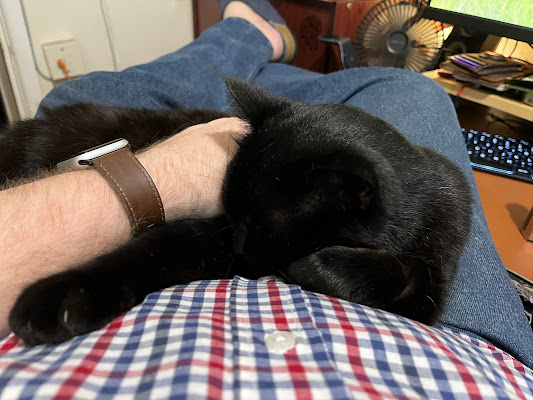America's Army 3.0 Impressions
PC.IGN has posted GDC impressions of America's Army 3.0, an upcoming version of America's Army that will completely revamp the game with all new maps, weapons and graphics. Here's a taster:
The game looks incredible thanks to Unreal Engine 3, and many of the animations of soldiers, such as the combat slides and dives when your soldiers start taking fire or prone leaning and combat rolls look extremely natural. The designers specifically focused on a number of other movement facets as well, such as shifting between combat and tactical stances when you're advancing and having your soldier flick the safety as he starts to run to prevent rounds from being accidentally fired. The designers also spent extra time making sure that elements like bullet penetration, overpressure from grenades thrown into closed spaces and approximating eye adjustment to light or dark spaces was included to add to the realism of being in the field.
I jumped into a match on the Bridge map, which was ported over from the second America's Army game. While I went through a quick tutorial with the designers, I was also shown the medical system that players will need to use to heal their teammates. If you take damage, which is location specific, you have a chance of becoming incapacitated and bleeding out. Fortunately, if you're dropped by an enemy, you have the chance to direct them to your position, and they'll be able to potentially heal your wounds. If it's a minor injury, they can slap a bandage on you and get you back on your feet, but if it's a significant wound, your teammate will have to take the information presented to them and make the right decision about the medical treatment. If they guess wrong, they could accidentally hurt you. Otherwise, they'll be able to proceed to the next step of binding your injury and getting you back into the fight.
This is an important factor to learn not only to help your teammates, but also to incapacitate enemy soldiers. The Army doesn't try to kill people it doesn't have to, and a soldier wouldn't go up to an injured enemy and put another round in them on the ground, as players of other multiplayer games would do. That would result in murder charges when that soldier got back to base, and would be a clear violation of the LDRSHIP standards. Instead, you attempt to treat the enemy's wounds, zip tying them in the process so they are no longer a danger to yourself or your squadmates. Doing so will not only remove that player from the round, but will also black out their voice channel so they can't tell their teammates where they are or what's happening to them, so there's also a strategic purpose in humanely treating your opponents.
The game looks incredible thanks to Unreal Engine 3, and many of the animations of soldiers, such as the combat slides and dives when your soldiers start taking fire or prone leaning and combat rolls look extremely natural. The designers specifically focused on a number of other movement facets as well, such as shifting between combat and tactical stances when you're advancing and having your soldier flick the safety as he starts to run to prevent rounds from being accidentally fired. The designers also spent extra time making sure that elements like bullet penetration, overpressure from grenades thrown into closed spaces and approximating eye adjustment to light or dark spaces was included to add to the realism of being in the field.
I jumped into a match on the Bridge map, which was ported over from the second America's Army game. While I went through a quick tutorial with the designers, I was also shown the medical system that players will need to use to heal their teammates. If you take damage, which is location specific, you have a chance of becoming incapacitated and bleeding out. Fortunately, if you're dropped by an enemy, you have the chance to direct them to your position, and they'll be able to potentially heal your wounds. If it's a minor injury, they can slap a bandage on you and get you back on your feet, but if it's a significant wound, your teammate will have to take the information presented to them and make the right decision about the medical treatment. If they guess wrong, they could accidentally hurt you. Otherwise, they'll be able to proceed to the next step of binding your injury and getting you back into the fight.
This is an important factor to learn not only to help your teammates, but also to incapacitate enemy soldiers. The Army doesn't try to kill people it doesn't have to, and a soldier wouldn't go up to an injured enemy and put another round in them on the ground, as players of other multiplayer games would do. That would result in murder charges when that soldier got back to base, and would be a clear violation of the LDRSHIP standards. Instead, you attempt to treat the enemy's wounds, zip tying them in the process so they are no longer a danger to yourself or your squadmates. Doing so will not only remove that player from the round, but will also black out their voice channel so they can't tell their teammates where they are or what's happening to them, so there's also a strategic purpose in humanely treating your opponents.
